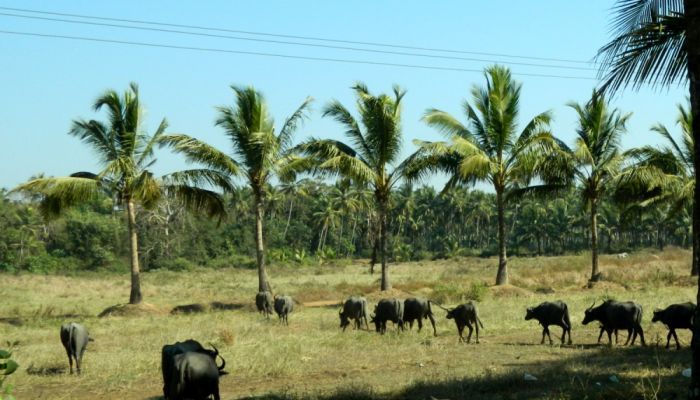
The three working groups of the Intergovernmental Panel on Climate Change (IPCC) Fifth Assessment Report have occupied, for months on end, 837 of what the IPCC method calls ‘authors’. Most are scientists, with considerable experience in the areas of atmospheric, cryospheric, oceanographic or bio-geochemical sciences, but they are also social scientists and economists, administrators and statisticians.
Insofar as the ‘inter-governmental’ aspect of the IPCC is concerned, they have been drawn from a number of countries, and have usually classified themselves by country of residence and work (though some are classified by institution too, especially when that institution is directly or indirectly a United Nations institute). All have contributed – as coordinating lead author, lead author, review editor, or for a technical summary – to the many voluminous chapters that have taken shape as the Fifth Assessment Report.
Amongst this corps is India’s contribution to the effort, with 33 authors. This is not a small group, for there are 43 from China and 31 from Japan (these groups exclude those of Indian or Asian origin who are authors but who have identified themselves under other countries and institutions). Compared with the contingents from western Europe, the USA and the OECD countries (as a bloc), Asia may be seen to be under-represented (and Africa very much more so) in the IPCC evidence examining and report writing process but that is a separate matter.
 What is germane to us is: has the IPCC process and method an Indian outlook that will be of as much utility at home as it has been to the inter-governmental effort? A short answer will be ‘no’ to the first query (because it is about science, evidence and international consensus and not about national priorities) and ‘don’t know’ to the second. There is no reason why a ‘don’t know’ should persist, as the Fifth Assessment process comes to a close, for the size of India’s population and economy, and the likely effects climate change has and is forecast to have on our 35 states and union territories ought to have turned climate change into common currency wherever planning is carried out and implemented.
What is germane to us is: has the IPCC process and method an Indian outlook that will be of as much utility at home as it has been to the inter-governmental effort? A short answer will be ‘no’ to the first query (because it is about science, evidence and international consensus and not about national priorities) and ‘don’t know’ to the second. There is no reason why a ‘don’t know’ should persist, as the Fifth Assessment process comes to a close, for the size of India’s population and economy, and the likely effects climate change has and is forecast to have on our 35 states and union territories ought to have turned climate change into common currency wherever planning is carried out and implemented.
But that is not so, despite 33 Indian authors having contributed to the IPCC Fifth Assessment. They represent a far greater number who are, in one or more ways, concerned with the impacts of climate change in India and with our responses to those changes. What has seemed to have stood in the way of an Indian and a Bharatiya view of climate change is the predilection by academicians (particularly from those used to working in inter-governmental and UN circles) to propagate at home the language of international climate negotiation rather than direct statements and questions that have to do with conditions on the ground in Madhya Maharashtra or Assam or Jharkhand.
Consider one amongst the several quotes lent to our media following the release of the Fifth Assessment Synthesis Report: “The IPCC synthesis report suggests a way of thinking about climate change that is deeply relevant to India. There is a complex two way relationship between sustainable development and climate change: climate policies should support not undermine sustainable development; but limiting the effects of climate change is necessary to achieve sustainable development. The report clearly states there are limits to adaptation. For India the message is that while adaptation is critical, keeping the pressure on for global mitigation is also key.”
Unfortunately for any administrator (such as a district collector or a watershed mapper or the superintendent of a regional referral hospital) such a statement says very little. It neither draws out any interest in further understanding the effects of climate change in the districts and towns of Bharat, nor does it help provide a personal context to what is unquestionably a reporting process of vital importance to us all.
Part of the problem is the UN/inter-governmental language of negotiation that has become the norm when speaking about (or writing about, for several of these 33 contribute articles to the media regularly) climate change. As busy people, they may expect the media to interpret into popular idiom, simplify and amplify, and otherwise lend local colour to their prose. If so, they are plain wrong, for the responsibility to do so is theirs, not the media’s.

Is there a demand for explanation that is true to context? There is practically none, and that is why this group (the 33 Indian contributors to the Fifth Assessment report) must be called upon to translate the IPCC method for local administrations. This is important as there are several worlds which do not intersect. That of the IPCC and the sophisticated cohort of institutions which have contributed to the Fifth Assessment report on the one hand, whereas everyday workaday life in Bharat’s 7,935 towns, cities and metropolises proceeds for many tens of millions with or without the magisterial pronouncements of the IPCC’s working groups. There will always be a gulf between these worlds, but there must also be bridges, and currently there are far too few.
Who can be called upon? Here is the current roll call. There are: Krishna Mirle Achutarao, Indian Institute of Technology; Pramod Aggarwal, CGIAR Research Program on Climate Change, Agriculture, and Food Security; Govindasamy Bala, Indian Institute of Science; Suruchi Bhadwal, The Energy and Resources Institute; Abha Chhabra, Indian Space Research Organisation; Pradeep Kumar Dadhich, Deloitte Touche Tohmatsu India Pvt. Ltd.; Purnamita Dasgupta, Institute of Economic Growth, University of Delhi Enclave; Navroz Dubash, Centre for Policy Research; Varun Dutt, Indian Institute of Technology; Amit Garg, Indian Institute of Management, Ahmedabad; Prashant Goswami, CSIR Centre for Mathematical Modelling and Computer Simulation; Anil Kumar Gupta, Wadia Institute of Himalayan Geology; Shreekant Gupta, University of Delhi; Sujata Gupta, Asian Development Bank (ADB); and Krishna Kumar Kanikicharla, Indian Institute of Tropical Meteorology.
Furthermore, there are: Arun Kansal, TERI University; Surender Kumar, University of Delhi; Ritu Mathur, The Energy & Resources Institute (TERI); Harini Nagendra, Ashoka Trust for Research in Ecology and the Environment (ATREE); Kirit S Parikh, Integrated Research and Action for Development (IRADe); Jyoti Parikh, Integrated Research and Action for Development (IRADe); Himanshu Pathak, Indian Agricultural Research Institute; Anand Patwardhan, Indian Institute of Technology-Bombay; Rengaswamy Ramesh, Physical Research Laboratory; Nijavalli H. Ravindranath, Indian Institute of Science; Aromar Revi, Indian Institute for Human Settlements; Joyashree Roy, Jadavpur University; Ambuj Sagar, Indian Institute of Technology Delhi; S. K. Satheesh, Indian Institute of Science; Priyadarshi R. Shukla, Indian Institute of Management, Ahmedabad; Eswaran Somanathan, Indian Statistical Institute, Delhi; Geetam Tiwari, Indian Institute of Technology; and Alakkat Unnikrishnan, National Institute of Oceanography. Who amongst these will stand up in the talukas and in the melee of our class II towns for Bharat?
– Rahul Goswami



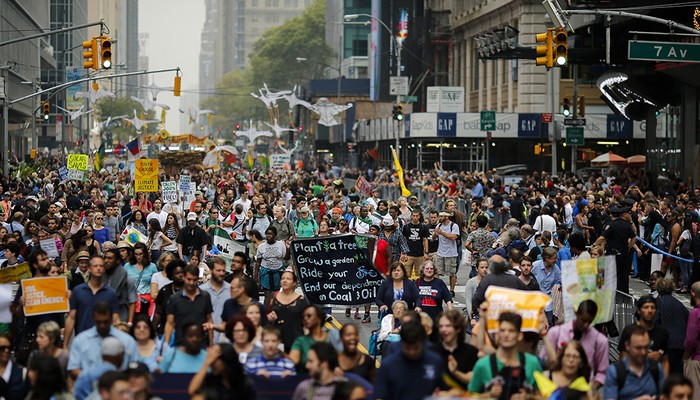


 We must question the profligacy that the Goyal team is advancing in the name of round the clock, reliable and affordable electricity to all. To do so is akin to electoral promises that are populist in nature – and which appeal to the desire in rural and urban residents alike for better living conditions – and which are entirely blind to the environmental, health, financial and behavioural aspects attached to going ahead with such actions. In less than a fortnight, prime minister Narendra Modi (accompanied by a few others)
We must question the profligacy that the Goyal team is advancing in the name of round the clock, reliable and affordable electricity to all. To do so is akin to electoral promises that are populist in nature – and which appeal to the desire in rural and urban residents alike for better living conditions – and which are entirely blind to the environmental, health, financial and behavioural aspects attached to going ahead with such actions. In less than a fortnight, prime minister Narendra Modi (accompanied by a few others) 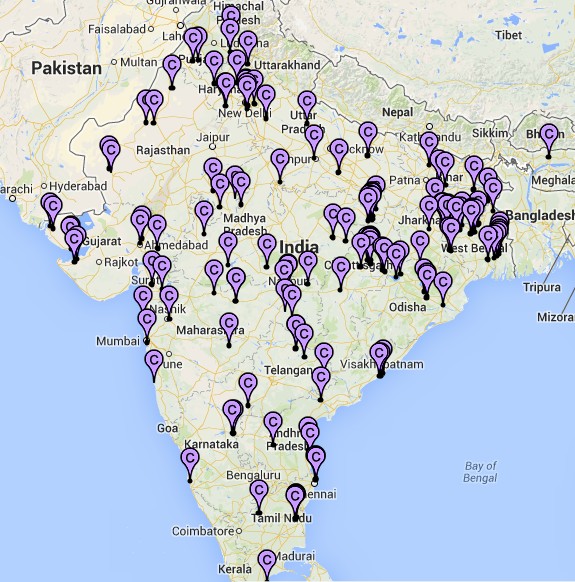



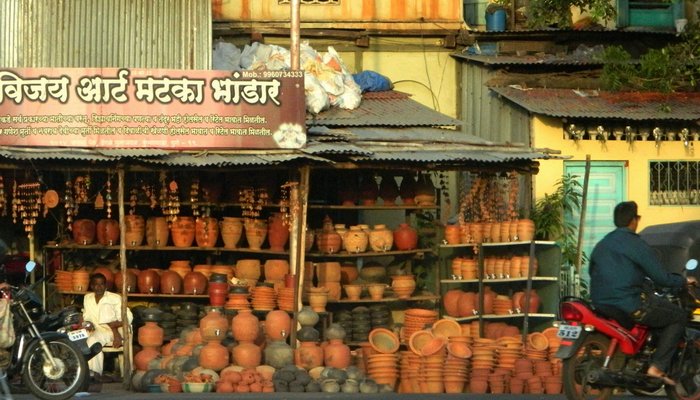
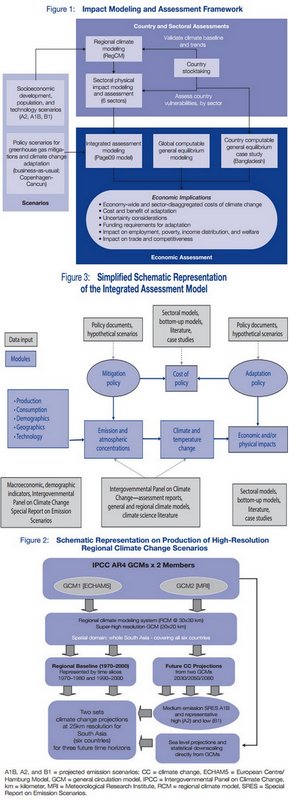



 Every week, the Central Water Commission releases to the public and to government departments the numbers that describe how much water is stored in 85 reservoirs in India. These are the reservoirs designated as nationally important, because of their roles in providing water for large irrigated command areas and for generating hydro-electric power (37 of these dams).
Every week, the Central Water Commission releases to the public and to government departments the numbers that describe how much water is stored in 85 reservoirs in India. These are the reservoirs designated as nationally important, because of their roles in providing water for large irrigated command areas and for generating hydro-electric power (37 of these dams).



